[PR] EEOC Requests Public Comment on Changes to Conciliation Process
10-09-2020
Public Will Have 30 Days to Comment on Commission’s NPRM
WASHINGTON –The Federal Register today published the U.S. Equal Employment Opportunity Commission’s (EEOC) Notice of Proposed Rulemaking (NPRM) on conciliation. The EEOC is proposing to amend its procedural rules in order to enhance the effectiveness and accountability of the conciliation process. The public now has 30 days to provide comments on the NPRM.
Under section 706 of Title VII of the Civil Rights Act of 1964, as amended, Congress instructed that after the Commission finds reasonable cause for any charge, “the Commission shall endeavor to eliminate any such alleged unlawful employment practice by informal methods of conference, conciliation, and persuasion.” Thus, the Commission may only commence a civil action against an employer if the Commission has not been able to secure a conciliation agreement that is acceptable to the Commission. In 2015, the Supreme Court addressed the Commission’s conciliation requirements in the case, Mach Mining, LLC v. EEOC, 575 U.S. 480 (2015). In Mach Mining, the Court noted that conciliation plays an important role in achieving Congress’s goal of ending employment discrimination.
The NPRM proposes to amend its procedural conciliation regulations governing Title VII, ADA, GINA, and the ADEA cases to outline steps that the Commission will take in the conciliation process. The Commission believes that these requirements will enhance efficiency and transparency, and better encourage a negotiated resolution when possible. The Commission is seeking input through the notice and comment process on the question of whether these proposed amendments will result in additional challenges to the Commission’s conciliation efforts, and whether such challenges would delay or adversely impact litigation brought by the Commission.
The EEOC advances opportunity in the workplace by enforcing federal laws prohibiting employment discrimination. More information is available at www.eeoc.gov. Stay connected with the latest EEOC news by subscribing to our email updates.

